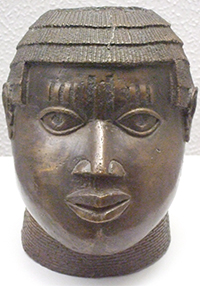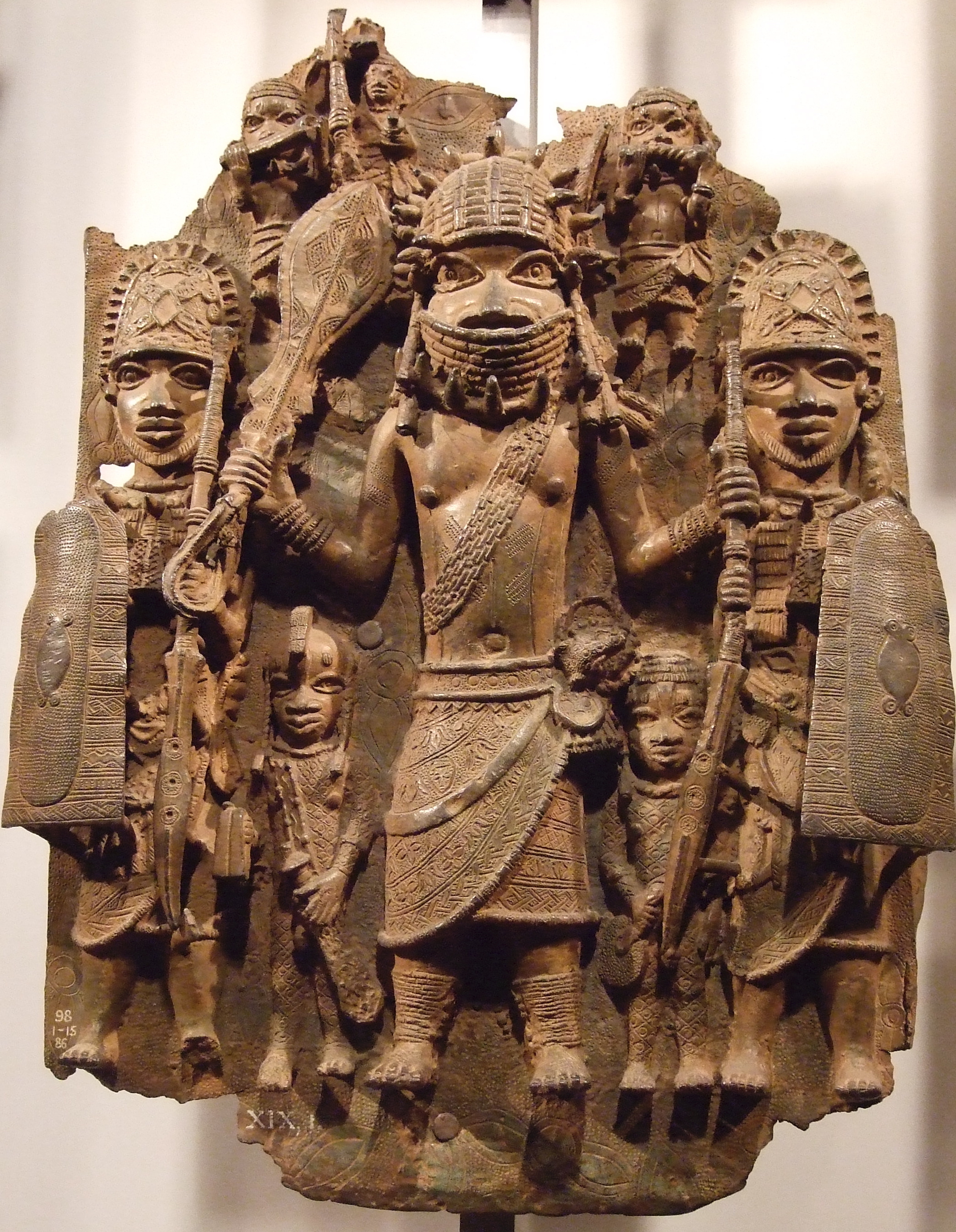Find out more about The Open University's History courses and qualifications.
This is the remarkable story of the Benin Bronzes, beautiful artworks in their own right, but also artefacts of cultural significance to the West African kingdom that produced them.
Join retired Open University associate lecturer Linda Buckley, as she explores the history behind these objects.
 We go on a journey from 15th century Benin when flourishing trade relationships with Europe helped to shape the creation of these unique artworks, to the late 19th century, when the clash between African and British cultures led to their violent removal and dispersal to museums in London, Paris and Berlin. Linda debunks many of the myths around the looting of the Benin Bronzes by British expeditionary forces in 1897. It’s a turbulent chapter in British-African relations, featuring human sacrifice, art theft, drum and fife bands, soap factories, maxim guns, and the Royal Irish Constabulary.
We go on a journey from 15th century Benin when flourishing trade relationships with Europe helped to shape the creation of these unique artworks, to the late 19th century, when the clash between African and British cultures led to their violent removal and dispersal to museums in London, Paris and Berlin. Linda debunks many of the myths around the looting of the Benin Bronzes by British expeditionary forces in 1897. It’s a turbulent chapter in British-African relations, featuring human sacrifice, art theft, drum and fife bands, soap factories, maxim guns, and the Royal Irish Constabulary.
But the story of the Benin Bronzes is still being written. Linda encourages us to consider what these artworks mean to us now, in the 21st century, as we live with the legacy of empire. What do they tell us about art, power, the links between big business and politics, the death penalty and the foundations of global trade? Are the Benin Bronzes artworks? Are they artefacts? To whom do they belong?
Discover answers to these questions and more, by watching the documentary below.


Rate and Review
Rate this video
Review this video
Log into OpenLearn to leave reviews and join in the conversation.
Video reviews